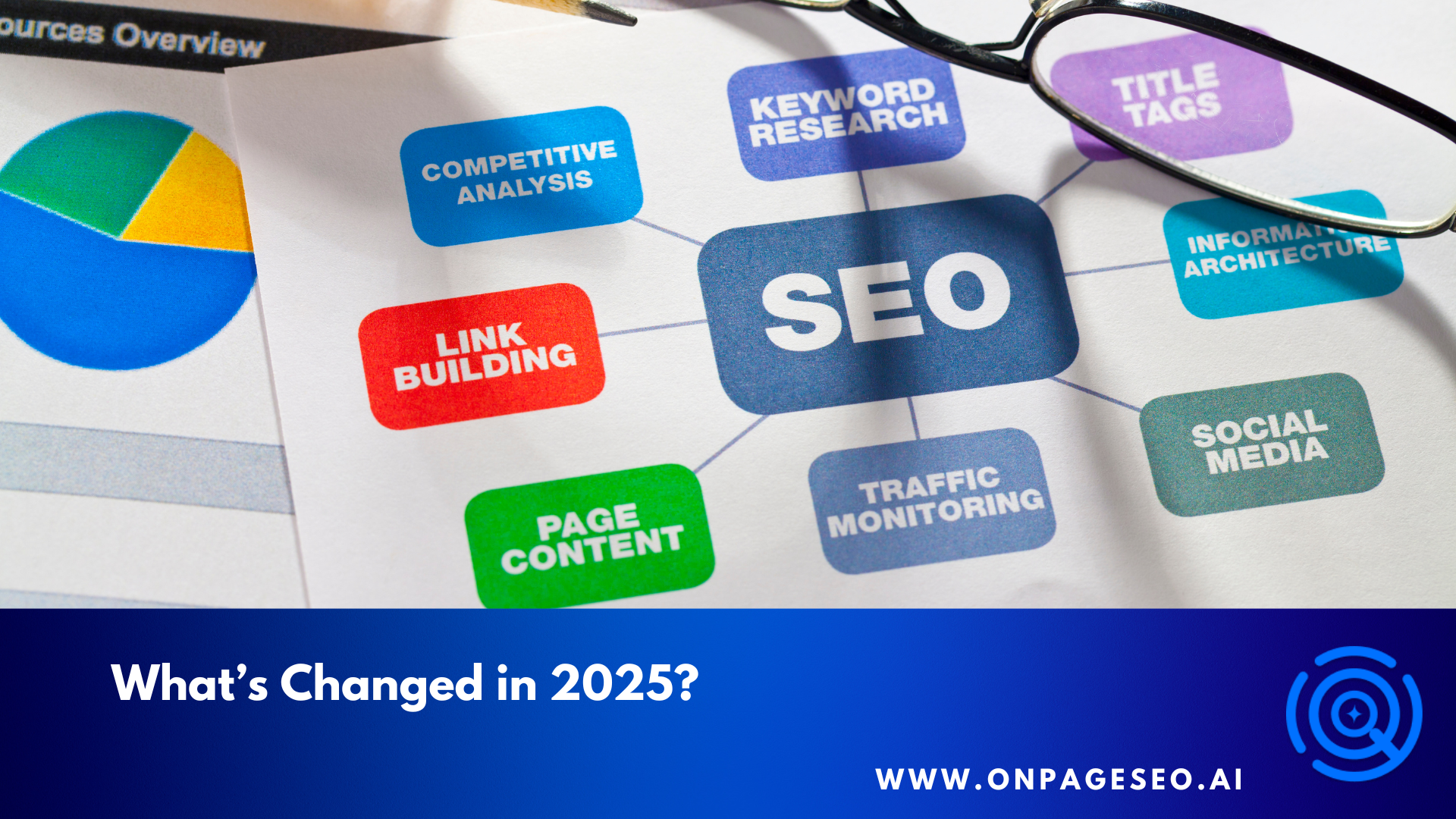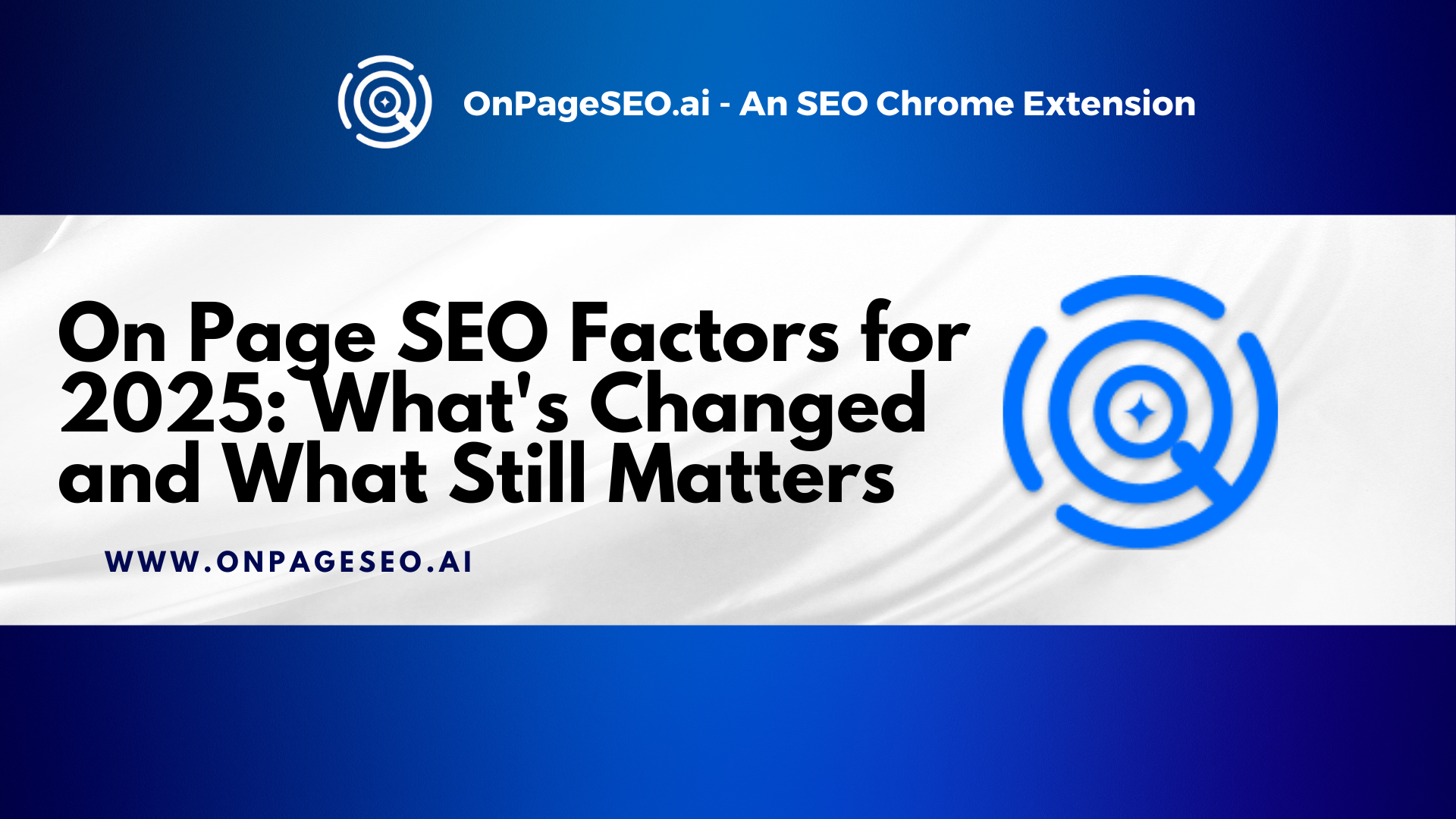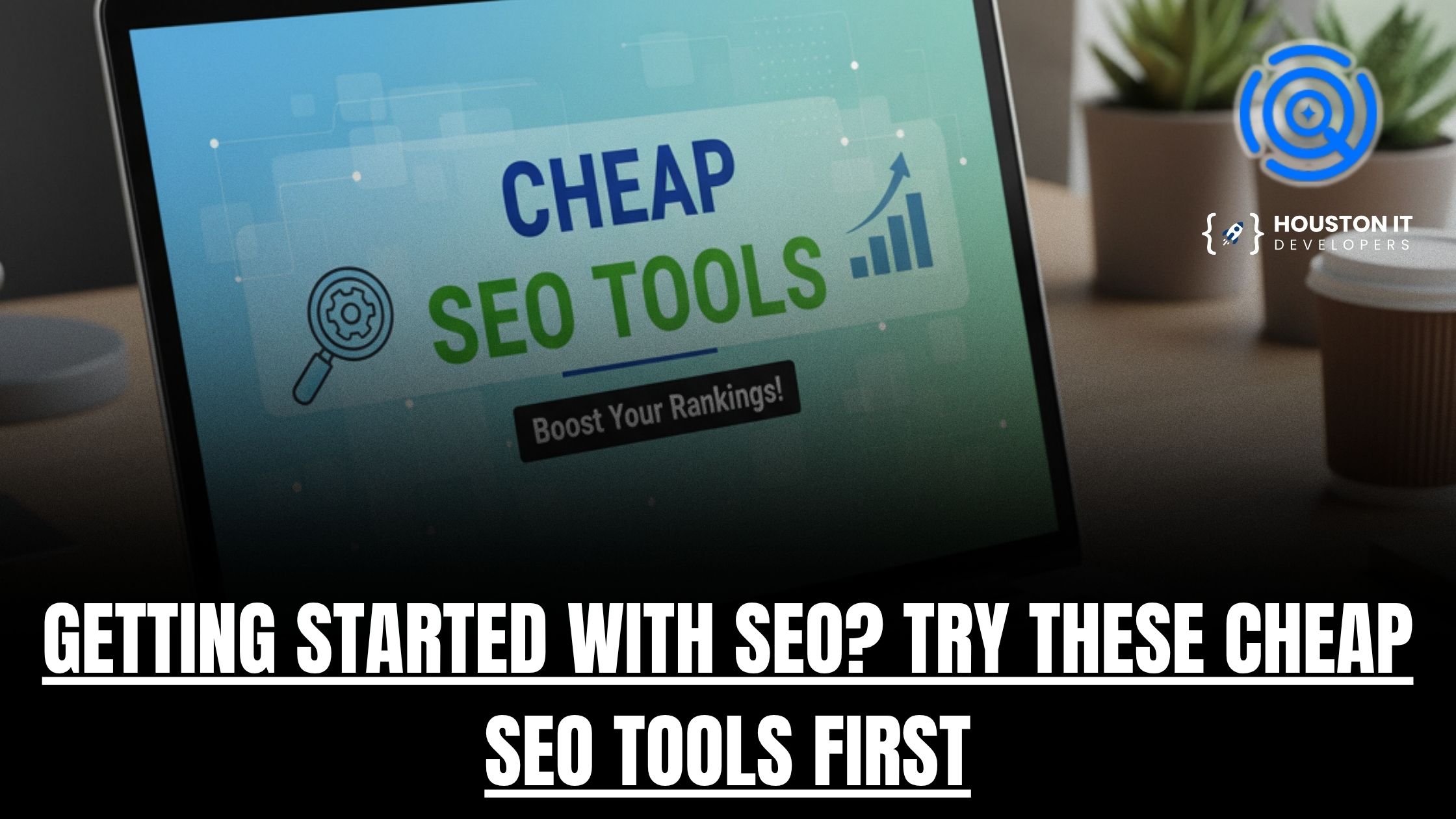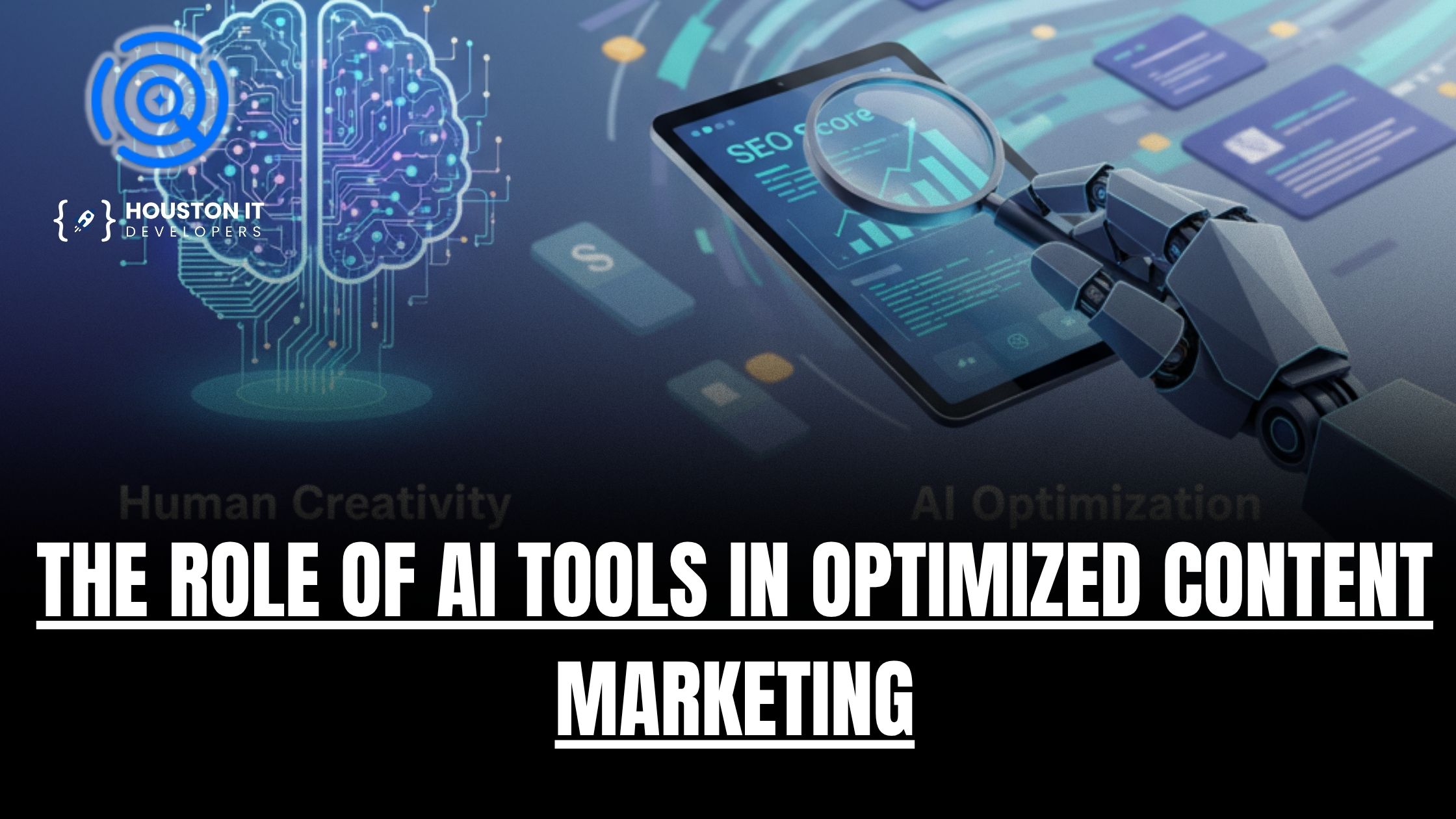Are your current SEO strategies still effective, or are you relying on outdated tactics that no longer move the needle? In 2025, search engines have become more intelligent, and the On Page SEO factors that once guaranteed rankings may no longer deliver the same results. With 91% of marketers seeing SEO as vital to their goals in 2024—and half calling it the top performer for ROI—it’s clear this channel remains essential. But the rules have shifted.
The challenge? Many websites are still stuck in past practices, missing out on visibility, engagement, and conversions. Whether you’re following an on page SEO checklist, using an on page SEO checker, or outsourcing to on page SEO services, staying ahead of these changes is critical.
In this blog post, we’ll explore the important on page SEO factors for 2025—what’s new, what still works, and how to adapt—so you know what are on page SEO factors that truly matter now.
Main On Page SEO Factors: A Quick Recap
Before we talk about the updates for 2025, it’s important to revisit the On Page SEO factors that continue to drive results. These aren’t just beginner-level tips—they’re essential levers for performance, especially if you’re working through an on page SEO checklist or using an on page SEO checker to optimize priority pages.
Whether you’re handling SEO in-house or relying on on page SEO services, keeping these important on page SEO factors in place ensures your strategy remains grounded in what works. They’re the foundation of any smart approach to SEO and still rank among the top on page SEO factors today.
- Title Tags & Meta Descriptions: These aren’t just —they directly impact your organic click-through rates. Your title should include your target keyword and trigger curiosity. Meta descriptions should align with search intent, not just repeat keywords.
- Keyword Optimization: Still vital, but context now trumps repetition. Use semantically related terms (LSI keywords) and focus on answering real user queries across headings and body text.
- Header Tags (H1–H6): These aren’t just for styling—they structure your content for both readers and search engines. Use one H1 per page, and break down content with H2s and H3s that reflect your keyword themes.
- Internal Linking: Anchor text matters more than you think. Strategic linking keeps users engaged and boosts topical relevance across clusters.
- Image Alt Text & URL Slugs: These are crawl signals. Avoid lazy labels like “image1.jpg” or vague URLs—describe your content accurately.
These form the technical core of a solid On Page SEO factors—but to compete today, you need to go further.
What’s Changed in 2025

As search behavior evolves and Google incorporates more real-world signals, the criteria for ranking have shifted. In 2025, several new On Page SEO factors are reshaping the landscape.
1. EEAT Signals Are Now Front and Center
Google has doubled down on Experience, Expertise, Authoritativeness, and Trustworthiness (EEAT) as core ranking signals. This is especially important if you’re doing an SEO audit for beginners or working as an SEO audit consultant refining page-level strategy.
- Structured Authorship Data: Author bios now play a much bigger role. Including credentials, professional background, and linked profiles with structured data markup helps search engines verify credibility. If you’re learning how to do On Page SEO, make sure authorship is clear and verifiable.
- First-Hand Experience Is Critical: Particularly in YMYL (Your Money or Your Life) categories, content written from personal or professional experience performs better. Google is rewarding content that shows real insight, not just rewritten information.
- External Validation Builds Authority: Including expert quotes, references from trusted domains, and real user reviews supports trust signals and domain authority.
In short, ranking in 2025 means earning trust. Keywords still matter—but proving legitimacy is what sets high-performing pages apart.
2. AI-Optimized Content Still Needs Human Touch
With the rise of generative AI tools, Google’s algorithm is increasingly trained to detect overly automated content. While AI-generated drafts are efficient, content without originality, context, or value-added insights is penalized. If you’re doing an On Page SEO Audit, especially as an SEO audit consultant or helping SEO audit beginners, this is a critical factor.
- Use AI to Support, Not Replace, the Human Editorial Process: Let AI handle outlines or drafts, but always refine content with a human voice, perspective, and tone.
- Enrich Your Content With Unique Additions: Add original commentary, real-world examples, storytelling, or case studies to bring depth and credibility.
- Focus on Semantic Depth: Cover the entire topic comprehensively using related entities, long-tail keywords, and questions your audience is actually searching for. This aligns with how to do On Page SEO Audit the right way in 2025.
This evolution aligns with Google’s emphasis on helpful, people-first content. Presentation quality is now just as important as the information itself.
3. UX Metrics Go Beyond Core Web Vitals
Core Web Vitals still matter, but in 2025, Google’s algorithm places more emphasis on overall user experience (UX). When reviewing On Page SEO factors, whether you’re using an on page SEO checklist, an on page SEO checker, or learning how to perform an audit through on page SEO services, it’s essential to look beyond page speed and layout shift.
Today’s most important on page SEO factors include engagement signals like time on page, scroll depth, and user interaction—making UX a key part of the top on page SEO factors that influence rankings.
- Interaction to Next Paint (INP): Replacing First Input Delay (FID), INP measures how responsive a page feels during real user interaction — especially under load.
- Task Completion: Google evaluates whether users can quickly find what they came for, indicating intent satisfaction.
- Scroll Depth and Dwell Time: High engagement signals — like how far users scroll and how long they stay — suggest your content delivers value.
Modern UX optimization means thinking beyond performance. For SEO audit beginners, focus on mobile-first layouts, intuitive design, clear CTAs, and interactive content that aligns with search intent.
What Still Works (And Why)
What still works in 2025 are the same foundational On Page SEO factors—but with sharper execution and stricter benchmarks. A solid on page SEO checklist should still include well-organized content, keyword-rich metadata, and a clean internal link structure. For those using an on page SEO checker or just getting started with on page SEO services, these essentials remain key.
The shift now is in how closely these important on page SEO factors align with search intent, semantic relevance, and overall user experience—making them among the top on page SEO factors to focus on.
1. Strategic Keyword Placement
Even with AI and semantic search shaping rankings in 2025, keyword targeting is still a core part of effective On Page SEO factors. It’s no longer just about what keywords you use—it’s where and how you place them that makes the difference.
Whether you’re following an on page SEO checklist or using an on page SEO checker, intentional keyword placement remains a critical building block, especially for beginners learning the fundamentals of SEO audits.
Here are some tips that can help you:
- Prioritize Placement: Insert your primary keyword in the title tag, H1 header, and within the first 100 words of your content to establish clear topical relevance.
- Use LSI Keywords: Integrate semantically related terms naturally throughout the content to build depth and authority, a practice often overlooked by novices.
- Avoid Stuffing: Modern SEO demands a natural flow that matches search intent — not just repetition for the sake of rankings.
Even the most experienced SEO audit consultants understand that keyword usage today requires a balance of technical accuracy and clear communication with the user. This evolution in SEO strategy emphasizes the need for tools that can optimize both aspects efficiently.
For a deeper dive into how an on page SEO analysis tool can make a difference in this matter, check out why every website needs an on page seo analysis tool.
2. Title Tags, Headings, and Internal Links
Titles, headings, and internal links continue to serve as critical directional signals for both users and search engines. However, the way they’re used in 2025 requires a more strategic, engagement-driven approach.
When conducting an On Page SEO Audit, ensure these elements are optimized for both relevance and user interaction.
- Use Power Words and Questions: Incorporate compelling language and targeted questions in title tags to increase click-through rates and capture user interest right away.
- Structure Headings from H1 to H3: Break down content into scannable, topical clusters that provide clear structure and enhance readability, improving the user experience.
- Prioritize Contextual Internal Links: Instead of forcing users to unrelated pages, internal links should guide them to relevant, complementary content, fostering deeper exploration.
This structured hierarchy not only enhances UX but also boosts crawlability, two factors that continue to impact rankings significantly in 2025. Whether you’re working with an SEO audit consultant or just starting out with SEO audit for beginners, these foundational elements remain essential for success.
3. Mobile-First Design and Fast Load Times
Mobile-first indexing continues to be a major focus in 2025, as mobile traffic dominates user behavior online. As part of your On Page SEO factors strategy, ensuring a smooth and fast mobile experience is essential. Whether you’re working through an on page SEO checklist or relying on on page SEO services, mobile usability directly impacts your rankings.
Here’s what you can do:
- Use Responsive Design: Ensure your website adapts seamlessly across different screen sizes, providing a consistent user experience on all devices.
- Optimize Images: Compress images and eliminate render-blocking elements to reduce load times and improve site speed.
- Avoid Intrusive Pop-Ups: Pop-ups can significantly degrade the mobile experience and hurt engagement. Ensure they are either absent or minimally disruptive.
Mobile-friendliness and site speed remain critical ranking factors, as they significantly affect bounce rates, conversions, and overall user experience. To ensure your site performs optimally, consider leveraging dependable SEO audit tools that can pinpoint areas for improvement, helping you meet Google’s standards for mobile design and load times. For a selection of helpful tools, check out the best chrome extensions you should try.
Simplify SEO Audits with OnPageSEO.ai Chrome Extension

The OnPageSEO.ai Chrome Extension offers an efficient way to conduct SEO audits directly within your browser. Whether you’re just starting with SEO or managing complex projects, this tool provides immediate insights and actionable recommendations to improve your on-page SEO.
Free Features
- Instant On-Page SEO Analysis: Perform a one-click health score assessment, with AI-powered recommendations to enhance your page’s SEO performance.
- Title & Meta Description Checker: Analyze and optimize your page titles and meta descriptions. The free version offers a limited AI generator for quick fixes.
- Internal & External Link Analysis: Get a comprehensive overview of your internal and external links, including anchor text analysis.
- Header Structure Audit (H1-H6): Review and optimize your page’s header structure to ensure it follows best SEO practices.
- Basic SEO Audit Report: Receive a foundational SEO audit with essential insights to guide improvements.
- Basic Google Search Console Insights: View key data from Google Search Console to refine your SEO strategy.
Pro Features
- Unlimited AI Title & Meta Description Generator: Automatically generate optimized titles and meta descriptions for improved click-through rates.
- Full Google Search Console Insights: Access detailed insights, including personalized recommendations for each page.
- Lock in Your Price: Take advantage of a special rate that ensures you receive all upcoming features and updates.
- Start with a 7-Day Free Trial: Try the premium features risk-free and see how they can improve your SEO audits.
The OnPageSEO.ai Chrome Extension helps streamline your SEO process, offering both basic and advanced tools to ensure your website is fully optimized for search engines.
What are the ranking factors for SEO in 2025?
In 2025, key ranking factors for SEO include EEAT (Experience, Expertise, Authoritativeness, Trustworthiness), AI-optimised content with a human touch, mobile-first design, fast load times, and user experience metrics like interaction-to-next paint (INP) and task completion.
What are the factors of on-page SEO?
On-page SEO factors involve title tags, meta descriptions, header tags (H1-H6), internal linking, image alt texts, and URL structure. Optimizing these elements helps improve content relevance, crawlability, and overall site visibility.
How to rank on Google in 2025?
To rank on Google in 2025, focus on high-quality, expert-backed content, optimizing for mobile-first and fast load times, using semantic keyword strategies, improving UX metrics, and ensuring your pages are both indexable and relevant to user intent.
Final Thoughts on On Page SEO Factors for 2025
In 2025, mastering On Page SEO factors is crucial for staying competitive. From EEAT signals and human-driven AI content to enhanced UX metrics like INP and mobile-first design, success hinges on aligning with user intent and search engine priorities. Foundational elements—strategic keywords, optimized title tags, headers, and internal links—remain vital but demand precision. By focusing on authenticity, relevance, and seamless user experiences, you can boost visibility and drive ROI.
What’s next? Conduct a thorough On Page SEO factors analysis to identify gaps and implement these insights. Whether you’re a beginner or a seasoned consultant, actionable steps start with the right tools.
Take action today! Simplify your audits with the OnPageSEO.ai Chrome Extension. Get instant analysis, optimize titles, headers, and links, and elevate your rankings. Start with a 7-day free trial at OnPageSEO.ai and transform your SEO strategy for 2025!



